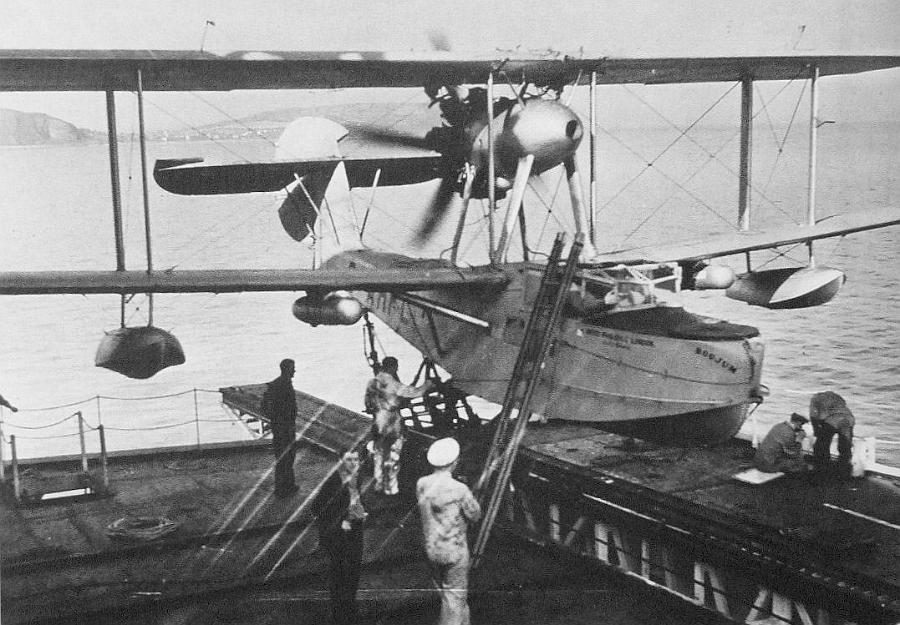HMSAS Angola (CA-1938)
Back to Commonwealth Ships List
Back to Southern African Navy list:
The Angola class were built in 3 pairs. The first pair were laid down in 1934 with completion in 1938. The second pair were laid down in 1936 and completed in 1940 while the final pair were laid down on the outbreak of war in 1939 and completed in 1943. The class was based on the successful Training cruiser Wildebeest. With money now no object, these ships could be built to the standard required from cruisers of the late 1930's.
The ships benefitted from the cancellation of the shipbuilding restriction treaties that had been in force through to 1930-32. The standard tonnage increased by 40% while the overall dimensions only added 30 odd feet to the length of the class compared with the Congos. It was in the general layout of the ship, the increased armour protection and armament that chewed through the extra tonnage. Where the Wildebeest had almost no armour, merely splinter protection with strips over the vitals, the Angola class were back to being Armoured cruisers. While the Congo's had 9x7.5" the Angola's increased the gun size to 9x9.2". This utilised the same guns as used on the Training ship Rhinoceros (ex Gorgon) that was in SAN service. The guns were copied at the Durban foundry, then being fitted to the new triple 9.2" turret. Six twin 4.5" BD mounts were fitted aft of the rear funnel to give the ship a more than reasonable heavy AA battery. The light AA armament altered due to what was available for upgrading during the ships refits during the war.
The increase in gun size was as much to pierce the increased armour being fitted to the Japanese, German and Italian cruisers of the same period. The 9.2" guns fired a 390 pound shell out to 36,000 yards which made them lethal to other cruisers when hits were obtained. The downside was that the rate of fire was 2-4 rounds per minute, whereas the 7.5" (200lb) & 8" (275lb) fired at 5-6 and 4-5 rpm respectively.
| Displacement | 13,800 tons std 17,250 tons full load |
| Length | 630 ft |
| Breadth | 68 ft |
| Draught | 25 ft |
| Machinery | 4 shaft steam turbines, 90,000shp |
| Speed | 32 knots |
| Range | 8000 miles at 16 knots |
| Armour | 5.5" side, 2.5" deck, 3" turrets |
| Armament | 9 x 9.2" (3x3) 12 x 4.5 (6x2) 24 x 2pd (1x8, 4x4) 11 x 20mm (20x1) |
| Aircraft | 3 |
| Torpedoes | nil |
| Complement | 800-875 |
| Notes | HMSAS Angola HMSAS Kimberley HMSAS Stellenbosch HMSAS Damaraland HMSAS Kalahari HMSAS Good Hope |
24 cm/50 (9.45")
Elswick Pattern 'E'
9.2"/51 (23.4 cm) Mark XII
A weapon with an interesting history. These were originally designed and the first three completed by Elswick as 24 cm/50 (9.45") Pattern 'E' guns. These guns were to be used on the Norwegian coastal defense ships Bjöergvin and Nidaros which were then under construction by Armstrongs. At the start of World War I, the ships were taken over by Britain and renamed HMS Glatton and HMS Gorgon. The existing guns were then relined down to 9.2" (23.4 cm) in order to use standard ammunition and three additional guns were completed to this caliber. The actual bore length after relining was 51.35 calibers.
These weapons were some of the longest ranged guns in the world in 1918, exceeded only by the 18" (45.7 cm) guns used on the monitors HMS General Wolfe, HMS Lord Clive and light-battlecruiser Furious. A total of six of these 9.2" (23.4 cm) guns were made through to 1921, the four for the two ships and two spares, but two were lost when HMS Glatton suffered a serious fire and was scuttled in Dover Harbour in order to prevent a magazine explosion. HMS Gorgon went to Southern Africa after WW1 as a training ship and was shallow draught enough to enter some of the larger rivers to show the flag. The final spare pair of original guns ended up in the Dover battery and exchanged fire with Germanic States guns mounted accross the English Channel. A further 60 guns were made under license at the Durban Foundry for the Southern African Angola class cruisers which shipped 54 with 6 spares. A license to produce the weapons was sold to Iberia in 1931.
Construction was of a normal wire-wound type with tapered inner 'A' tube, an outer "A" tube, wire-winding, B-tube over the muzzle portion and a jacket over the rear portion. Relining to 9.2" (23.4 cm) made them slightly stronger, which allowed a smaller chamber and thus higher gas pressures. These guns used an Elswick 3-motion short-arm breech mechanism. The last two guns differed in having a thicker 'A' tube and a thinner 'A' tube along the chase and were completed in 1921.

Walrus on the crossdeck catapult ready for launching.